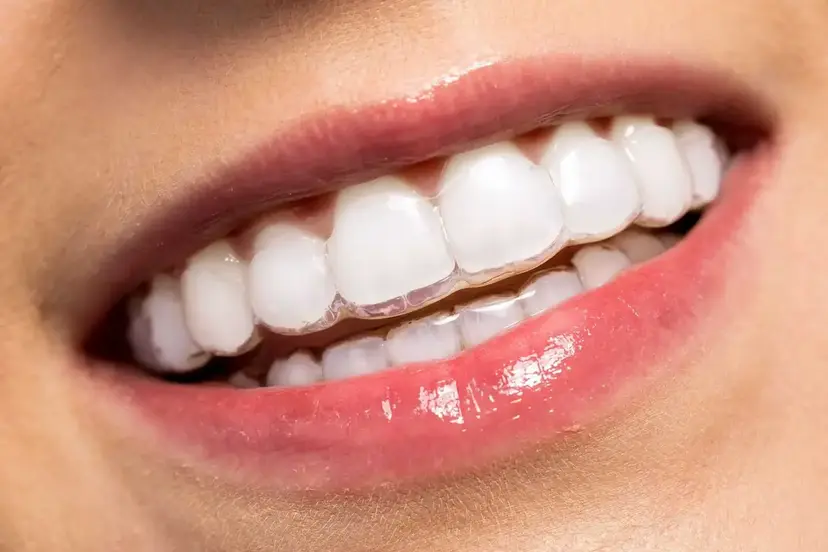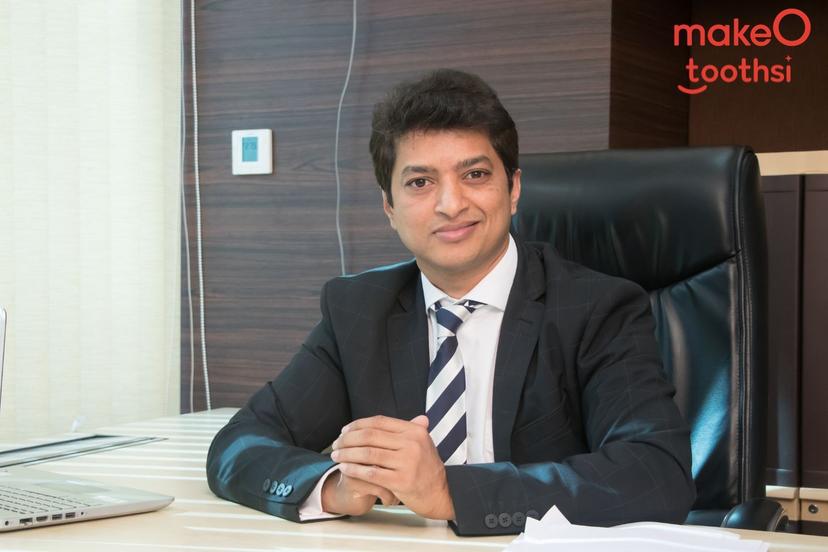MakeO blog
Tooth alignment problems are common in children and can affect how their teeth fit together and how their mouth develops. Some of the most frequent alignment issues include crooked teeth, gaps, and teeth that don’t meet properly when biting. These problems, known as malocclusions, can be caused by factors like genetics, dental diseases, and oral habits such as thumb sucking.
Starting orthodontic treatment early during childhood has several key benefits. It can improve a child’s smile and facial appearance, which boosts confidence. Early treatment often uses simpler methods and can reduce the need for more complex procedures later. Kids usually cooperate better during this stage, making the process smoother. Plus, addressing issues early can help prevent serious problems, such as extractions or jaw surgery, down the road. Overall, getting treatment started early leads to better long-term outcomes for a child’s oral health.
While traditional braces have been the go-to solution for years, modern dentistry has introduced aligners, a more comfortable and discreet alternative. Choosing the right aligner is essential for effective kids' oral care. Let’s explore the factors you need to consider when making this important decision.
Choosing the Right Aligner for Your Kid
Aligners are clear, custom-made plastic trays that fit snugly over your child’s teeth to gradually straighten them. Some key advantages of choosing aligners when planning for your child’s orthodontic treatment include their aesthetic appeal and comfort. Aligners are smooth and cause less irritation and discomfort. Unlike braces, they are almost invisible which can help boost the child’s social interaction and self-confidence. Plus, aligners can be removed for eating and brushing, allowing for maintenance of proper oral hygiene and improved dental health during treatment. However, choosing kids teeth aligners involves several important factors to ensure a comfortable and successful treatment. The key factors to consider include:
Child's Cooperation: A crucial factor in the success of clear aligner therapy is your child's ability to wear them as instructed. Aligners should be worn for 20-22 hours a day, only removed for eating and cleaning. If your child can commit to this responsibility, clear aligners may be a suitable option.
Teeth Development Stage: Aligners are effective in children with permanent teeth only or in case of mixed dentition, where both primary and permanent teeth are present. The presence of primary teeth though can limit treatment options and affect the fit of aligners. So, it's important to consider the eruption status of teeth before planning aligners for children.
Type of Orthodontic Issues: Clear aligners are effective for mild to moderate dental issues such as crowding, spacing, and bite alignment. If your child has more complex orthodontic needs such as skeletal issues, aligners with auxiliary appliances, jaw surgery or braces may be required. Your dentist can guide you best about your child’s orthodontic needs.
Fit of Aligners: Ensuring a proper fit of aligners is essential for effective treatment. As a child's teeth and jaw keep developing, adjustments are necessary. Regular follow-up appointments allow the orthodontist to assess fit, make modifications, and monitor progress.
Personalised Treatment Planning: Careful planning and a tailored treatment are important for kids considering aligners. An appropriate treatment plan must be created based on the child’s dental needs, specifying the number of aligners, expected treatment duration, and anticipated outcomes. This plan should accommodate for the child’s ongoing growth and the eruption of new teeth.
Treatment Duration: When considering clear aligners for children, the treatment duration is a significant factor. Typically, clear aligners can lead to shorter treatment times compared to traditional braces. Discussing the expected duration with your orthodontist will help set realistic expectations and goals for your child’s treatment.
By carefully considering these factors, you can help your child receive the best possible orthodontic treatment with clear aligners. Also remember, appropriate parental supervision is essential for effective treatment with aligners in children. So, you must support them during their treatment phase, helping them wear and clean the aligners routinely and ensuring to keep their dental visits on schedule.
Conditions Which Need Aligners in Kids
Clear aligners are an effective orthodontic treatment for children facing various dental issues. Here are some specific conditions where aligners are recommended:
Mild to Moderate Crowding: When teeth are closely packed together, resulting in spacing discrepancies of 1-5 mm, clear aligners can gently shift teeth into their proper positions, improving alignment.
Spacing Issues: For children with teeth gaps, clear aligners can help close these spaces, ensuring a more uniform smile.
Deep Overbite: In cases where the upper front or forward teeth excessively overlap the lower teeth, aligners can correct the bite and promote better oral function.
Anterior Crossbites: This occurs when the upper front teeth are positioned behind the lower front teeth. Clear aligners can realign the cross-bite teeth to achieve a harmonious bite.
Early Intervention Needs: During the mixed dentition stage, aligners can proactively address developing malocclusions, guiding the eruption of new teeth and preventing more significant issues later.
By addressing these conditions, kids' invisible braces or aligners provide a discreet, comfortable, and effective option for children’s orthodontic treatment, enhancing both their oral health and self-esteem. Regular follow-ups are essential to monitor progress and ensure compliance for successful outcomes.
Invisible Aligners in India for Kids
Invisible aligners are becoming a popular choice for kids and teens in India due to their discreet look and effectiveness in straightening teeth, however, there are still only few brands in the market that deal with kids teeth aligners. In India, these aligners typically cost between ₹80,000 and ₹1,20,000, depending on the complexity of the case and the brand chosen.
Toothsi is a great option for younger patients, offering clear aligners that address various orthodontic issues like crooked teeth, gaps, open bites, and jaw alignment. Made from nearly invisible material, Toothsi aligners help kids maintain their confidence while they work towards a healthier smile.
Invisalign is another popular choice, particularly for tackling crowding and spacing issues. However, it can be on the pricier side, with costs between ₹1,50,000 and ₹3,50,000.10,11
Consulting with an orthodontist will help you make an informed decision and ensure your child gets the care they need for a healthy, beautiful smile.
Conclusion
When it comes to picking the right aligner for kids, it's all about finding a good fit for their needs. Think about how well they can follow instructions, their comfort level, and how the aligners will help with specific dental issues. Consulting with an orthodontist can provide personalized recommendations, ensuring a positive experience and successful treatment.
Related articles

This Diwali, Smile Bright With makeO Teeth Whitening Kit

Types of Braces: Removable vs Fixed Braces, Which is Right For You?

Dr. Pravin Shetty: Pioneer in Lingual Orthodontics & Innovative Smile Solutions
How do I Know I’m the Right Candidate for makeO toothsi Teeth Aligners?

